The Hidden Gem of the Andes
The Andes, located in South America, is the longest continental mountain range in the world, going along the entire western part of the continent. The Andes run through 7 countries and they house a diverse number of cultures, flora, and fauna. Located in an altitude of 2800 m, in the Peruvian Andes, is a timeless and charming town of Ayacucho. Formerly known as Huamanga, it was renamed in 1825 by notorious leader Simon Bolivar to Ayacucho following the successful Battle of Ayacucho (as the locals called the area Ayakuchu, coming from the Quechuan words aya - dead and kuchu - corner), which secured the independence of Peru and South America.
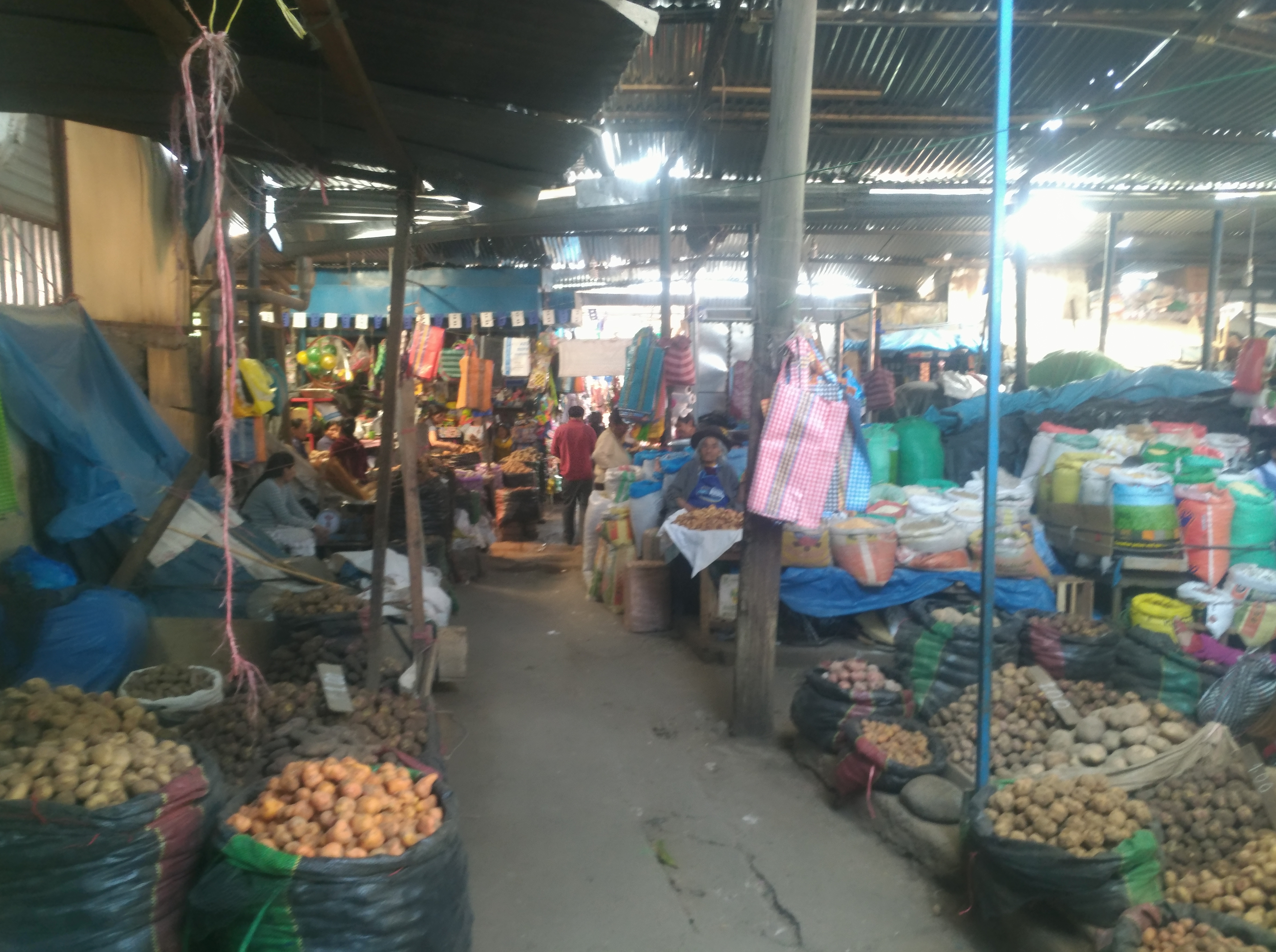 When you first arrive in Ayacucho, you are immediately surprised by how busy the city is. The locals are very industrious - you will find a wide variety of shops, street vendors selling anything you can imagine (mainly food), and there are many fresh produce markets littered across the city where local farmers gather to sell their goods. They look for opportunities wherever they present themselves - one amazing thing is that almost any car on the street is a taxi. The locals do not shy away from money-making opportunities, and they are willing to drive someone of their own way just to make some extra money. Additionally, they will try to sell or offer any kind of service they are able to. It is not uncommon to encounter a person with a scale, offering to weigh you for a small fee, or an old lady with a massive bag full of clothes hangers to sell.
When you first arrive in Ayacucho, you are immediately surprised by how busy the city is. The locals are very industrious - you will find a wide variety of shops, street vendors selling anything you can imagine (mainly food), and there are many fresh produce markets littered across the city where local farmers gather to sell their goods. They look for opportunities wherever they present themselves - one amazing thing is that almost any car on the street is a taxi. The locals do not shy away from money-making opportunities, and they are willing to drive someone of their own way just to make some extra money. Additionally, they will try to sell or offer any kind of service they are able to. It is not uncommon to encounter a person with a scale, offering to weigh you for a small fee, or an old lady with a massive bag full of clothes hangers to sell.
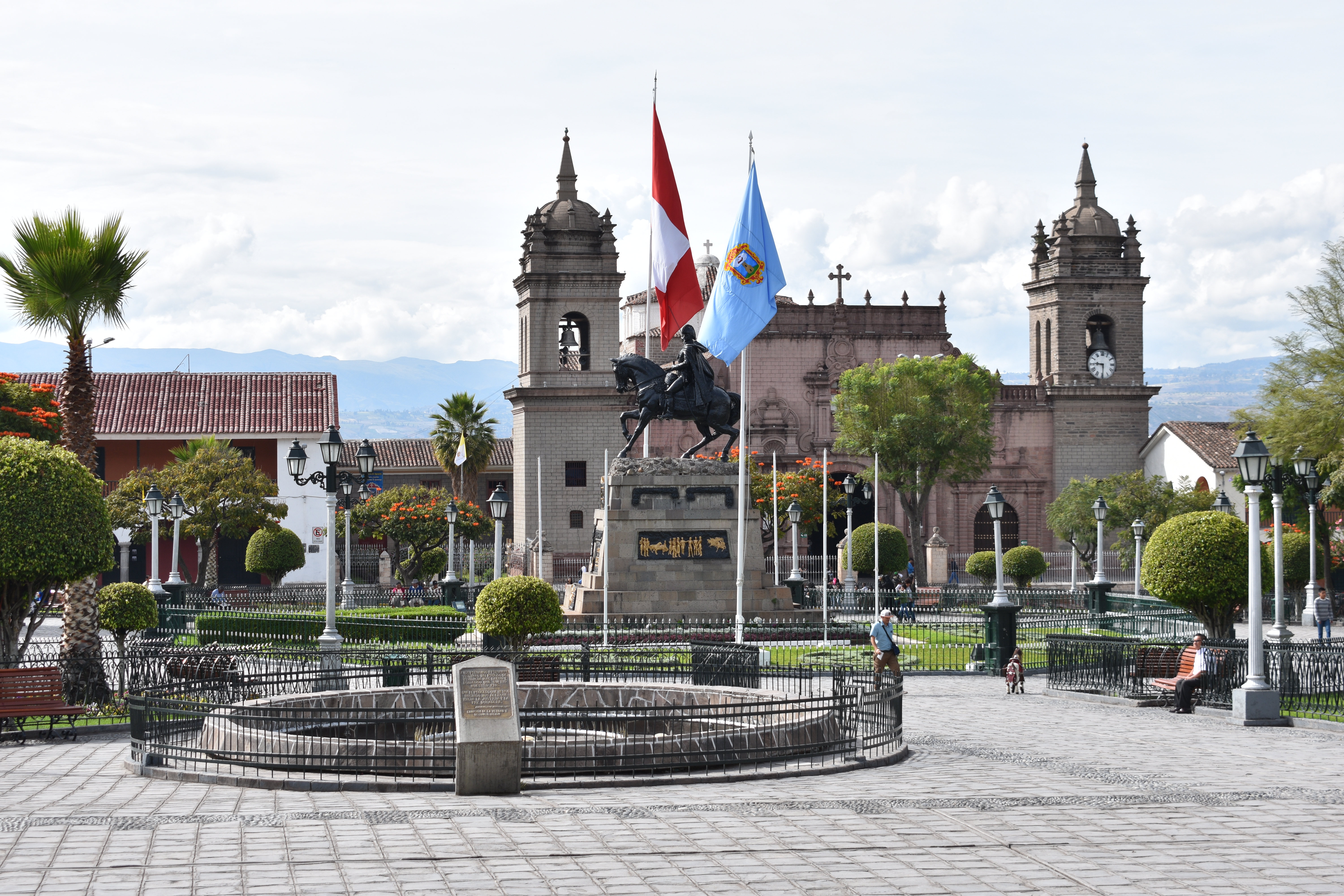 The main square (Plaza de Armas) of Ayacucho is deceptively massive. The center of the plaza boasts a monument of Mariscal Sucre and a beautiful park littered with benches that give you an opportunity to just rest, relax, and observe the city live. In the afternoon and night, you definitely have to visit the ViaVia Cafe on the main square, as you can sit on the terrace with a beautiful view of the main square and the Andes. It is a perfect place for a coffee or drinks after a long day of exploring.
The main square (Plaza de Armas) of Ayacucho is deceptively massive. The center of the plaza boasts a monument of Mariscal Sucre and a beautiful park littered with benches that give you an opportunity to just rest, relax, and observe the city live. In the afternoon and night, you definitely have to visit the ViaVia Cafe on the main square, as you can sit on the terrace with a beautiful view of the main square and the Andes. It is a perfect place for a coffee or drinks after a long day of exploring.
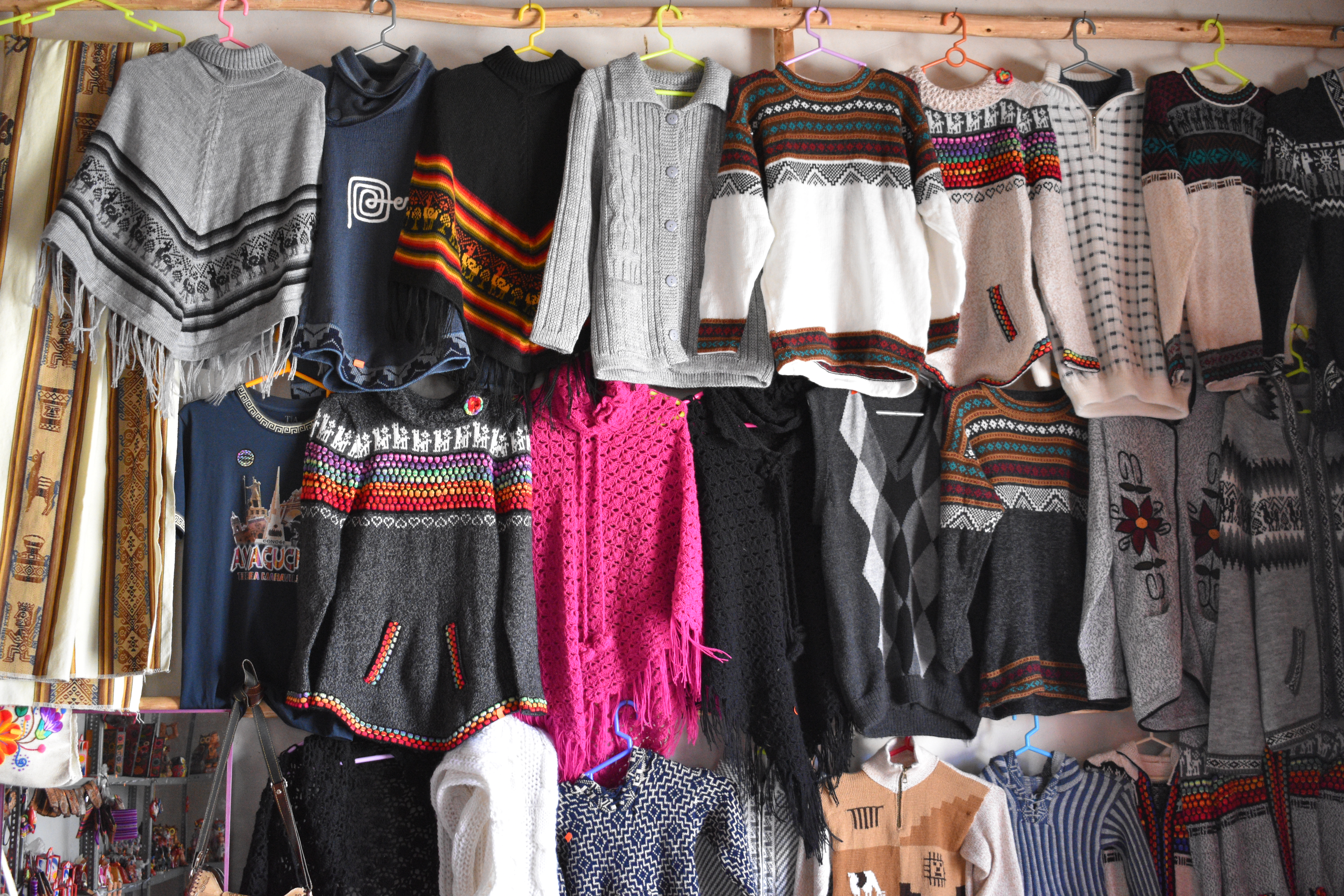 A place that every visitor to Ayacucho has to visit, is the Mercado de Artesanias, which is a market dedicated to selling local handicrafts. A local trade is the craft of “retablos”, which are beautiful depictions of local and mostly religious events. Finally, you cannot leave Peru without buying sweaters, ponchos, blankets, winter hats, scarves, and gloves made from llama wool. They are so exquisite and warm, that it should be considered a sin to not buy at least one of those things.
A place that every visitor to Ayacucho has to visit, is the Mercado de Artesanias, which is a market dedicated to selling local handicrafts. A local trade is the craft of “retablos”, which are beautiful depictions of local and mostly religious events. Finally, you cannot leave Peru without buying sweaters, ponchos, blankets, winter hats, scarves, and gloves made from llama wool. They are so exquisite and warm, that it should be considered a sin to not buy at least one of those things.
Terrorism was a considerable threat in Peru in the '80s and '90s. It came from the organization Partido Comunista del Perú - Sendero Luminoso (PCP - SL) also known as Shining Path from the quote of the founder of the first communist party in Peru, José Carlos Mariátegui "Marxism–Leninism will open the shining path to revolution", which sought to overthrow the state through guerilla warfare and arrive at full communism. Ayacucho was unfortunately at the center of this threat. In order to comprehend the damage that was done, I recommend visiting the Museo de la Memoria, which is dedicated to underlining the horrors of the war and honoring the victims. It is very emotional, as it tells the story of how the locals were caught between the terrorists and the army.
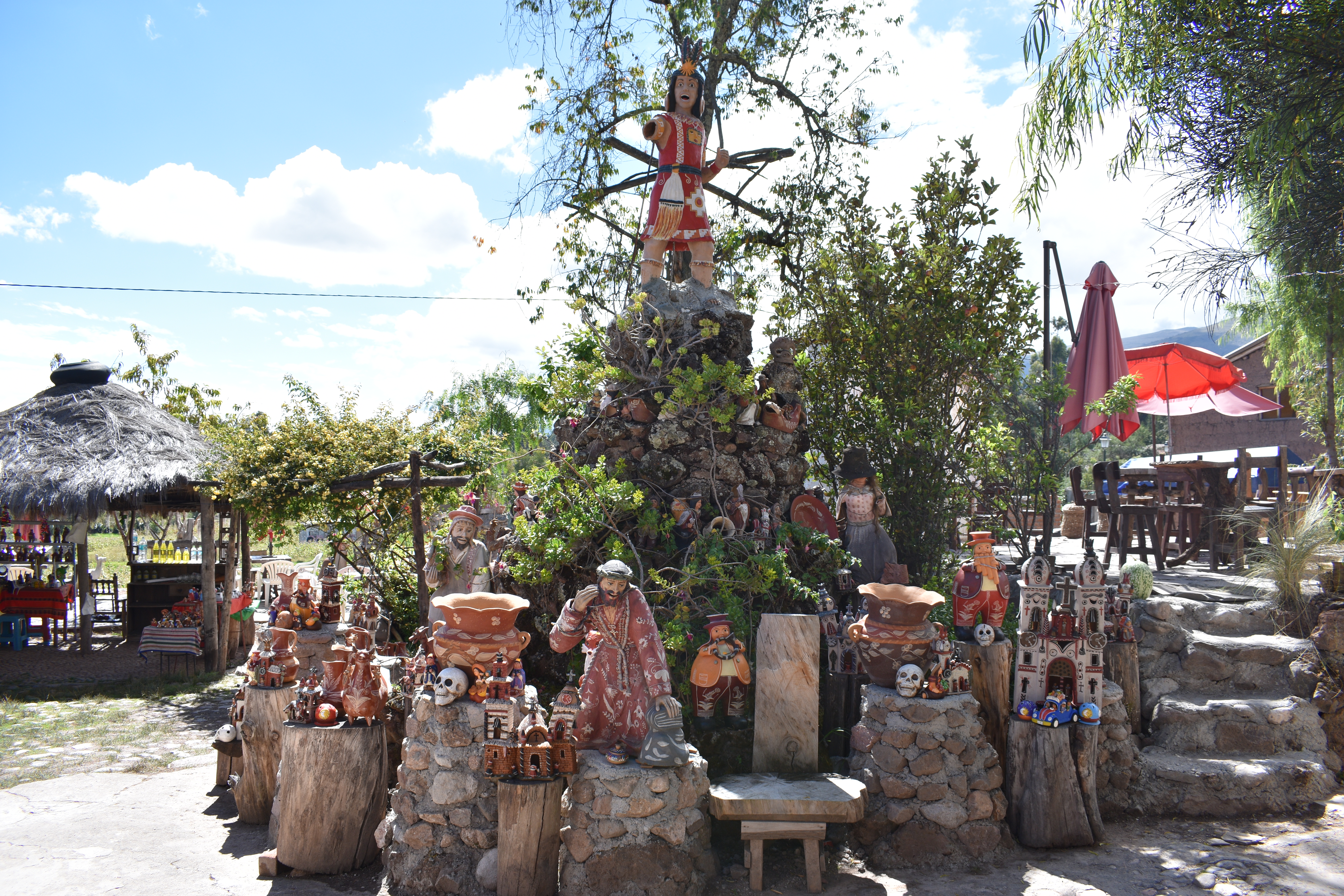 Just a couple of kilometers away from Ayacucho you can visit the modest town of Quinua. This is a town of handicrafters, where you can visit numerous workshops and bask in the charm of the ceramics and other original creations.
Just a couple of kilometers away from Ayacucho you can visit the modest town of Quinua. This is a town of handicrafters, where you can visit numerous workshops and bask in the charm of the ceramics and other original creations.
Quinua has an enthralling main square, littered with workshops, a small church and a beautiful park with benches that just invites you to sit down and absorb the atmosphere.
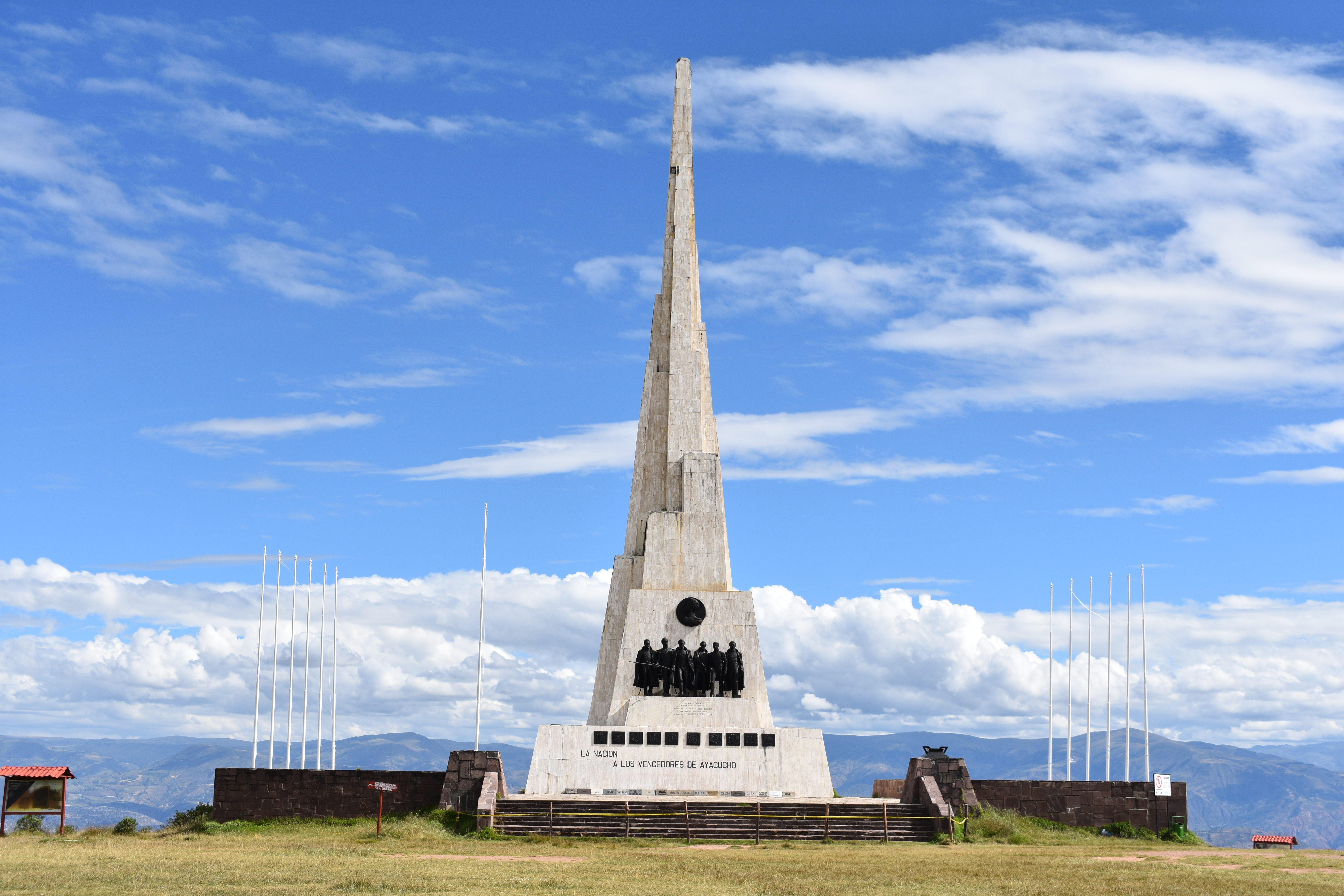 Just on the outskirts of Quinua is the location of the battle of Ayacucho, which secured the independence of Peru. A massive obelisk was erected on the site to honor all the soldiers that lost their lives in the battle. This area is one of with the most historical significance in South America.
Just on the outskirts of Quinua is the location of the battle of Ayacucho, which secured the independence of Peru. A massive obelisk was erected on the site to honor all the soldiers that lost their lives in the battle. This area is one of with the most historical significance in South America.
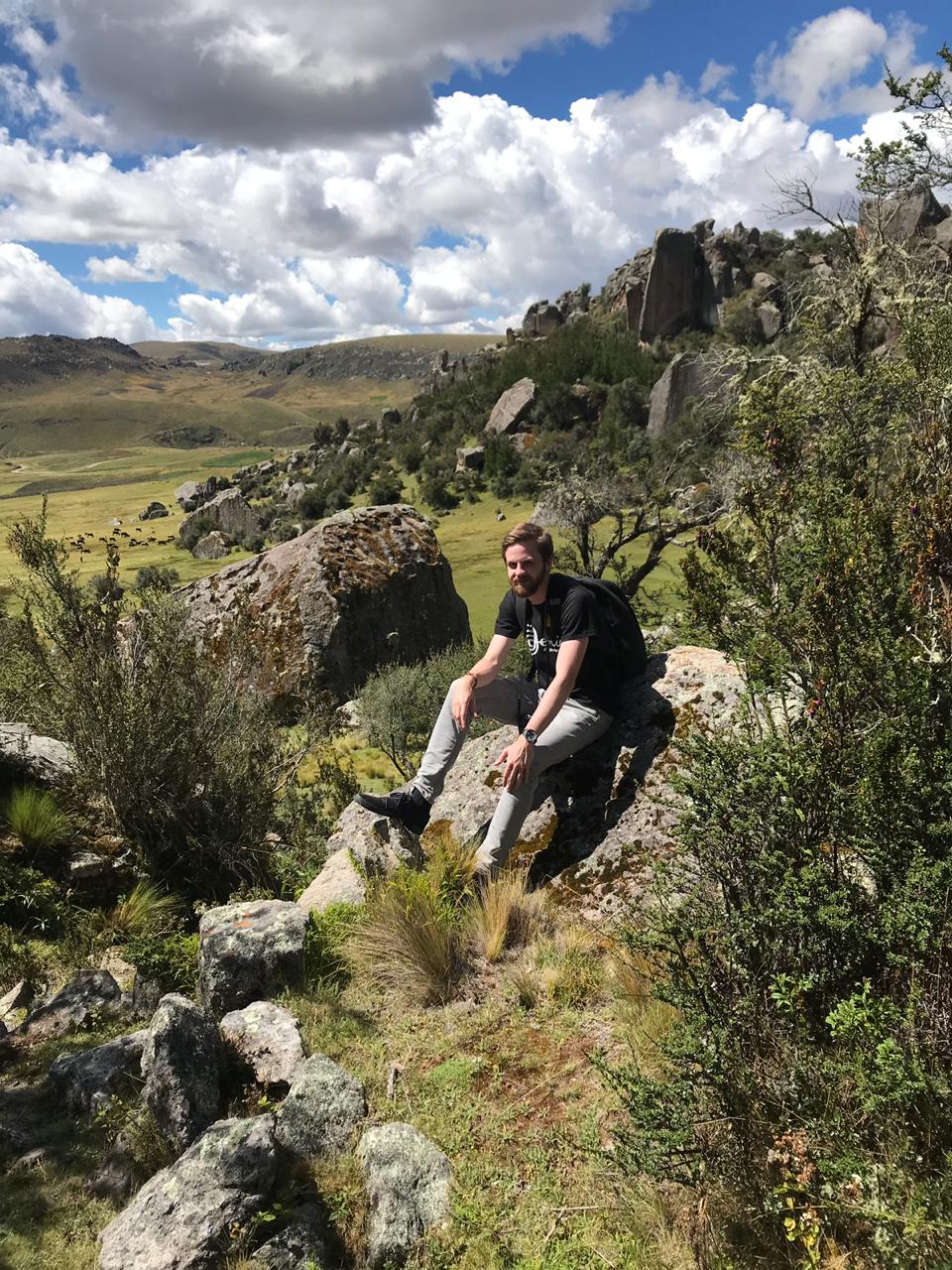 If you are into hiking, I would definitely recommend visiting the Bosque de Piedras (Stone Forest). Located only 2 hours away from Ayacucho, you can embark on this adventure with any tourism agency in town. As soon as you arrive, you immediately notice the rock formations littered across the field. As you start exploring through, you will notice that the locals have actually built their houses in the midst of the forest, and even use some of the natural formations as pens for their animals.
If you are into hiking, I would definitely recommend visiting the Bosque de Piedras (Stone Forest). Located only 2 hours away from Ayacucho, you can embark on this adventure with any tourism agency in town. As soon as you arrive, you immediately notice the rock formations littered across the field. As you start exploring through, you will notice that the locals have actually built their houses in the midst of the forest, and even use some of the natural formations as pens for their animals.
If you are feeling more adventurous, it is possible to hike through the second part of the forest, which is without routes and guidelines. You are just told, just keep that tree in the distance in mind and walk towards it and you will get to the lagoon. Unfortunately for me, the lagoon was off limits, as they were constructing some facilities in the area. If you are quick, the hike is about 2 - 3 hours, but I decided to explore every area I could and it took me about 5 hours. I wandered into an ominous house, which as a European reminded me of the house of a witch. There was a llama tied in the middle of the field and I just had to go and pet it. After 5 hours in the altitude, walking through tough terrain, swampy areas and lush fields, I was a mess, but filled with clarity and appreciation for the beauty of the Andes and its people. That was magnified after talking about life with our driver and inviting him to lunch at the local “trucherias”, where we feasted on delicious fried trout, potatoes and cheese.
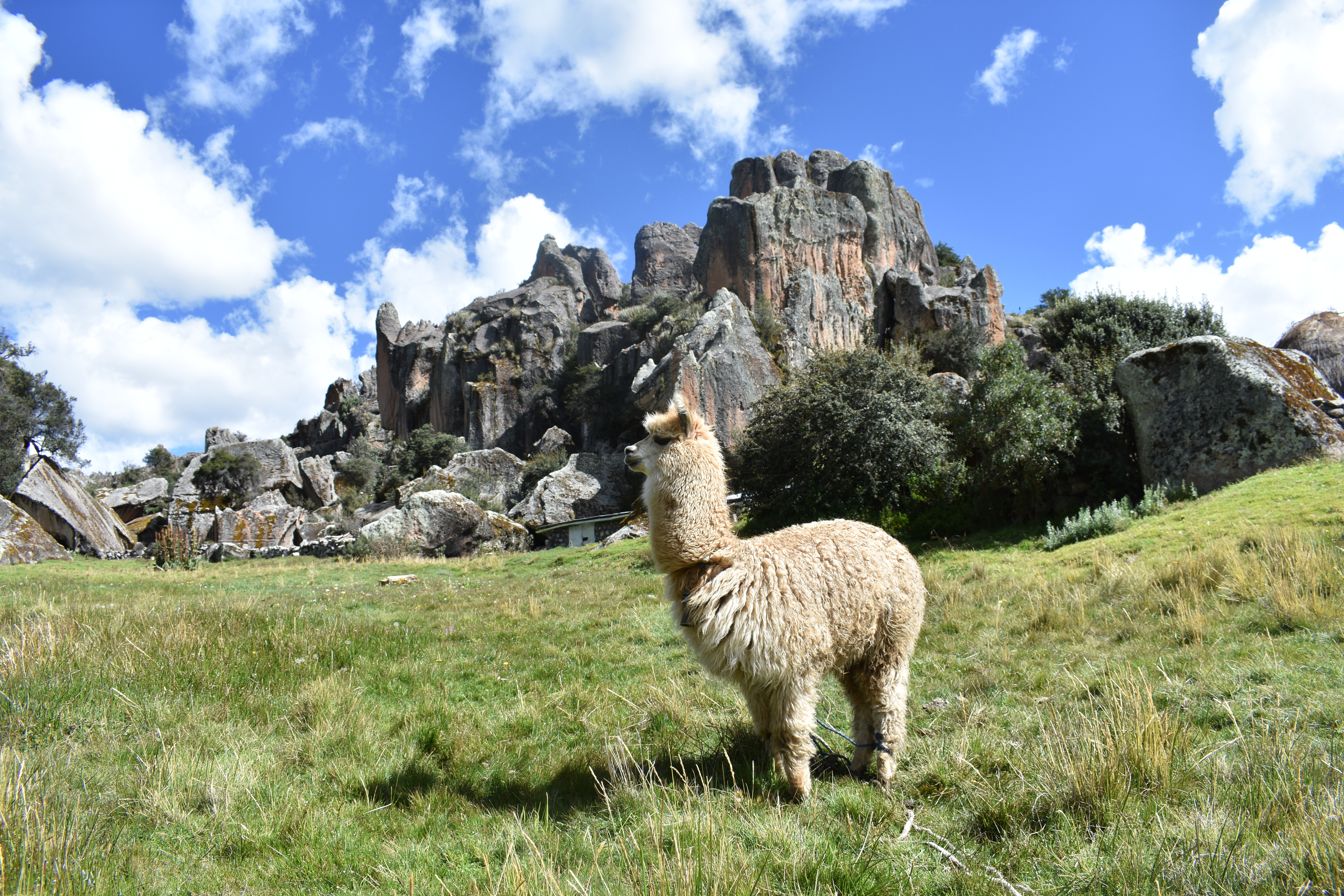
As a summary, Ayacucho has a troubling and defining history, with some of it being very recent. This leads to the incredible humility, happiness, and industriousness of the locals. In my opinion, you will not find more beautiful people anywhere in the world. This coupled with the natural beauty of the Andes and the colonial vibe of the city mesh together to form a more than worthwhile area to visit that will enthrall you as it did me.
Author: David Bechny